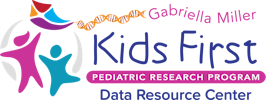Proteomic Analysis of CBTN Cell Lines
Email Principal Investigator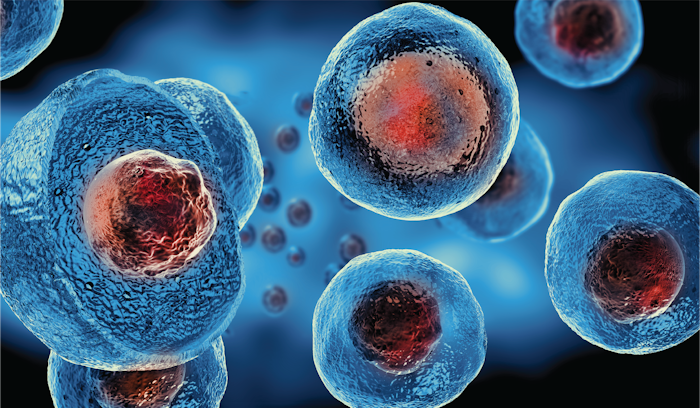

Roger Reddel
CBTN Data
CBTN Specimen
Backer
Grant from New South Wales Ministry of Health
Cancer Moonshot Proteogenomics Program Grant
About this
Project
Scientists at Children’s Medical Research Institute are analyzing tens of thousands of examples of all types of cancer from all over the world to develop a library of information to advance scientific discovery and enhance clinical treatment worldwide.
This database will mean doctors can effectively narrow down the best type of currently available treatment to target a cancer patient’s individual diagnosis, without having to waste time trialing medications that won’t effectively treat the disease. Working with leading cancer researchers throughout Australia and around the world, the Centre is analyzing samples of all types of cancer, starting with cancers of childhood.
Advanced data science and software engineering will be used to compare the protein data with the de-identified information that is already available for each cancer, including clinical records such as pathology test results, genetic analyses, genome sequencing, and any previous responses to cancer treatment. This proteogenomics approach to understanding cancer is crucial to speeding up the search for cures
Ask The
Scientists
What are the goals of this project?
Through a combination of protein-based and genetic research, researchers seek to learn how to better develop treatments and predict treatment outcomes for pediatric brain cancers.
What is the impact of this project?
The data set created through this project will be available for use by the entire scientific community, helping to predict treatment outcomes and guide the use of new therapies.
Why is the CBTN request important to this project?
The pediatric cancer cell lines provided by CBTN are well annotated, serving as an invaluable resource for the expansion of this project.
Specimen Data
The Children's Brain Tumor Network will contribute to this project by providing cell lines.
Meet The
Team

Sydney, NSW, Australia

Philadelphia, PA, USA

Washington, DC, USA
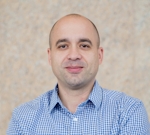
Philadelphia, PA, USA
Institutions
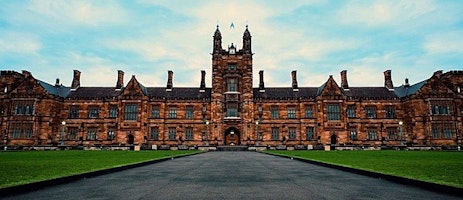

The University of Sydney
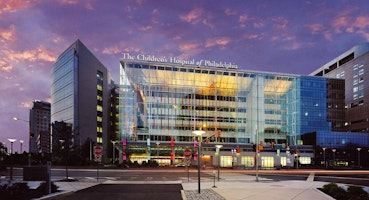
Primary
Operations Center

Children’s Hospital of Philadelphia
Joined onOperations Center for the Children’s Brain Tumor Tissue Consortium, the Children’s Hospital of Philadelphia (CHOP) is currently ranked 1st nationally for their Pediatric Cancer Program by U.S. News & World Report. CHOP’s Biobank is home to the CBTTC’s pediatric brain and CNS tumor biorepository; the
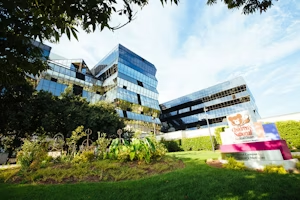
Primary
Children’s National Hospital
Joined onEach year, the Brain Tumor Institute at Children’s National evaluates more than 100 new patients with brain tumors, and is recognized as a world leader in childhood brain tumor care and research. Children’s National has pioneered novel pediatric brain tumor therapies, including new molecularly-targe
related
Histologies
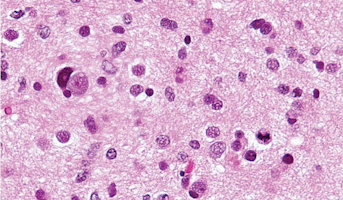
High-Grade Glioma
High-grade Gliomas (HGG) or astrocytomas in children nearly always result in a dismal prognosis. Although novel therapeutic approaches are currently in development, preclinical testing has been limited, due to a lack of pediatric-specific HGG preclinical models. These models are needed to help test
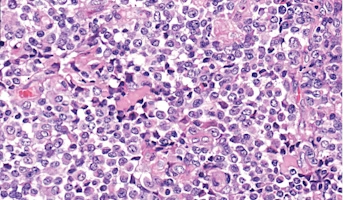
Atypical Teratoid/Rhabdoid Tumor
Central nervous system (CNS) atypical teratoid/rhabdoid tumor (AT/RT) is a very rare, fast-growing tumor of the brain and spinal cord. It usually occurs in children aged three years and younger, although it can occur in older children and adults. About half of these tumors form in the cerebellum or

